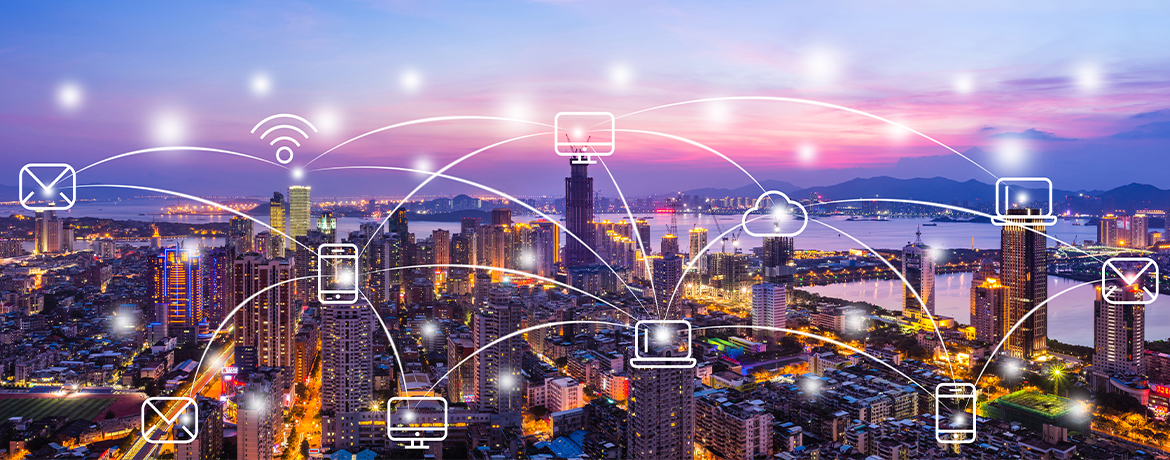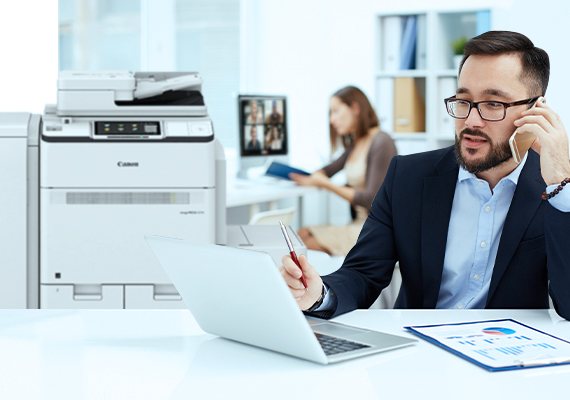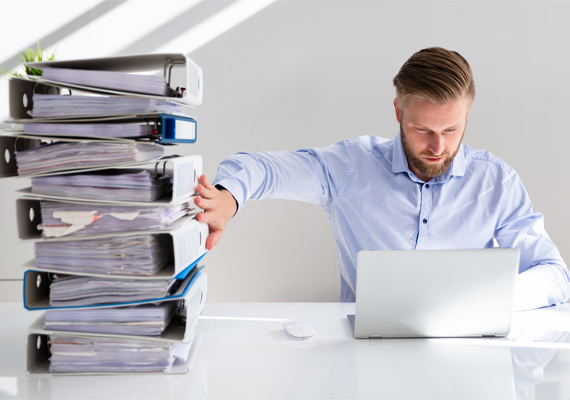How Hybrid Work Can Revitalize Mental Health and Well-Being

Companies all throughout the world are rethinking the way we work. The pandemic has thrown our usual work patterns into disarray, forcing us to participate in a global remote-working experiment. It would be an understatement to say that the outcomes were quite surprising. Many studies have been conducted, and one surprising finding is the positive reception that many employees have towards this new working arrangement.
Many state that working from home has made them happier and more productive, and that things will not be the same once they are called back to the office.
Many companies have found a compromise, mixing both remote working and traditional office working. Ultimately forging what is now known as the hybrid workplace.

The ABCs of a Hybrid Workplace
Before we get into the nitty gritty of hybrid work arrangements, we need to get on the same page on what it is first. What exactly is a hybrid workplace? How different is it from traditional work spaces?
When a company permits its workers to work from home or in the office, it is referred to as a hybrid workplace. Employees in a typical hybrid workplace have the freedom to choose between working in a central office, working from home, or a mix.
Working from home has its clear benefits. But some people may still prefer or need to work in an office. Being in an office space may serve as a clear demarcation between work and home life. This boundary between personal and professional spaces can be more conducive to productivity for some people (no more crowing roosters during meetings), more helpful for extroverts, or simply more suitable for jobs that require workers to be on site (like checking the inventory, etc).
Most of all, a hybrid workspace allows employees to accomplish their best work wherever and whenever they want.

Hybrid Work: It’s everywhere… and rightly so.
The pandemic compelled many businesses to change their ways of doing business. Even a tech giant like Microsoft has implemented a work-from-home policy for most, if not all, of their personnel. Some are even considering making the transition to a mixed workplace setting permanent. Employees can now work from home, in the office, or a combination of both.
While each organization has its own reasons for adopting this new way of working, one thing they all agree on is that the hybrid workplace prioritizes the employee experience. All things considered, this is quite a leap in the way things have worked before. In a way, this could be a good way to ensure sustainability once the pandemic declines and businesses open their doors again to the world.
But that is more for the short-term. In the long run, hybrid work arrangements offer much more than just a cushion to soften the blow of the pandemic. On a greater scale, it offers flexibility to those who want and need it. It is essential to the new generation of workers who are much better-suited to it and quite honestly, thrives with it.
The numbers don’t lie. Hybrid works arrangement boosts employee morale and cuts down costs. But there’s more.

Increased Morale
Before the pandemic, the idea of hybrid work has always been met with skepticism. Most managers just assumed that if employees could choose when and how long they worked, they would simply choose to perform less work. As the events of the past year however, has proved this theory wrong.
They can work whenever it is most productive for them, whether it is in the middle of the night or first thing in the morning. They are hppier, more relaxed, and better rested. As a result, employees perform better at work.
But a greater effect of switching to hybrid work is that employees feel safer knowing that they are working with someone who looks out for their health and safety. When employees feel that they are seen, heard, and taken care of, their morale shifts positively as well.

More Time for Themselves
Employees can make greater use of their time in a hybrid workplace. For instance, they have the option of avoiding commuting during peak hours which saves them a lot of time depending on where they live. They can concentrate on their work without being distracted by the usual office noises and chit chat.
Hybrid work also allows more time for employees to do the things they want to do outside of work. They no longer have to commute, which gives them more breathing space to do other chores or hobbies. It is not uncommon to find burned out employees who spend most of their waking hours at work. With hybrid work arrangements, they can divide their time between work and more importantly, to activities that feel more enriching to them.

Employees Feel More at Ease
Employee happiness rises significantly when they have the freedom to work when and where they want. This was the conclusion in a SurveyMonkey study conducted back in 2020. In that study, employees who worked remotely reported feeling happier than their coworkers who stayed in the office.
There’s a number of reasons for this, ranging from the psychological advantages of having complete control over their schedules to just having their loved ones within reach. This improved mood is attributed to the ability to dress more comfortably, cook fresh, homemade meals instead of grabbing fast food, and spend more time with loved ones.
But it’s not all rainbows and butterflies for those that constantly have to work from home. It can be too solitary or distracting to work at home all day. They might not also have the tools that they need for work like multi-function devices. A hybrid workplace addresses many of the drawbacks of purely working from home by providing a business area outside of the house where employees can interact and socialize with coworkers.

Easing Pandemic-based Anxiety
Even when vaccinations fully take effect and the pandemic eventually dies down, health experts warn that health and safety measures related to the virus will stay in place for some time. This includes wearing a mask and social distancing. Until then, the way we work will continue to reflect the virus's level of danger.
A hybrid workplace can help alleviate some of these worries. Aside from helping the employees stay safe during this time, it also washes out some of their anxieties relating to the pandemic. By limiting the number of individuals in the office at any given moment, allowing for enough personal space, and making it easy to maintain distance, companies practicing hybrid work encourage their employees to focus on more important things like their health and family. If they or their family are in danger or at risk, flexible workers can commute during off-peak hours or work from home completely to make sure that they don’t affect others too.

Mental Health Takes Center-Stage
Many people have been forced to reflect back on their life as a result of the pandemic. Both at work and in our personal lives, people seem to have entered what has been dubbed as the "great reset” state. We battled with increased worry and sadness as a result of the virus's uncertainties. Political tensions, balancing work and personal life, and dealing with an uncertain economy just add to that heaviness even more.
This has made people realize that life is short and that they need to better value work-life balance and find work that gives people the time and space needed for their well-being.
Millennials and Gen Z, for instance, are more upfront about their challenges than previous generations, who considered discussing mental health issues at work inappropriate or worse, invalid. This just shows how changing for the better, especially to keep employees healthy mentally and physically, is the best next step forward.

Making It Happen
Switching to hybrid work doesn’t have to be hard. After all, there are tools available right now that can help employees perform their best even when they are at home. Devices that used to only be available at work are now made to be more portable and easy to set up anywhere.
There are several solutions to make collaboration between colleagues easy despite being physically far apart. Cloud solutions, for instance, allow workers to securely share confidential documents, print restricted access soft copies from home, or study print job patterns thereafter. The technology to make digitization is already here, making cloud-sharing and remote-working much more accessible.
This change may sound radical to some, but like all great changes, it should start from within. If you need help with this set-up, you can contact us for more info on how we made this shift possible.






